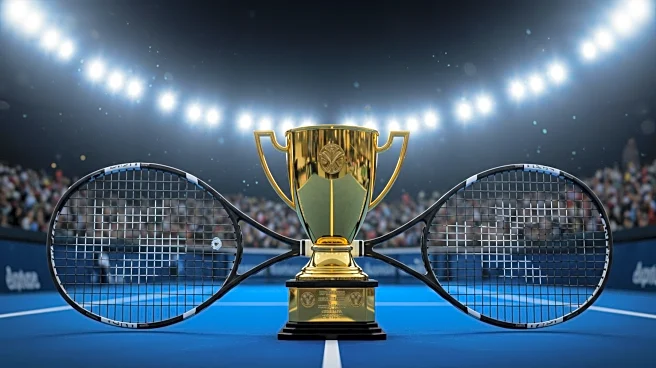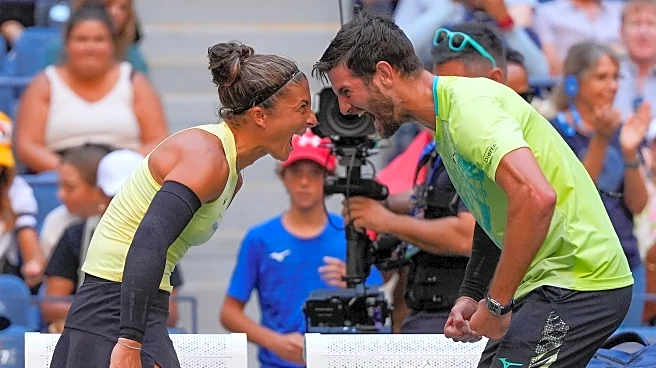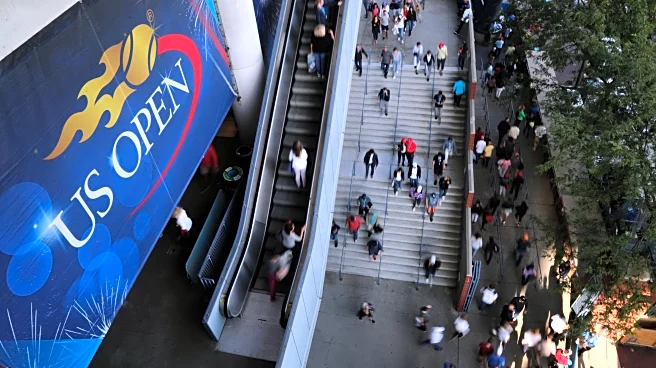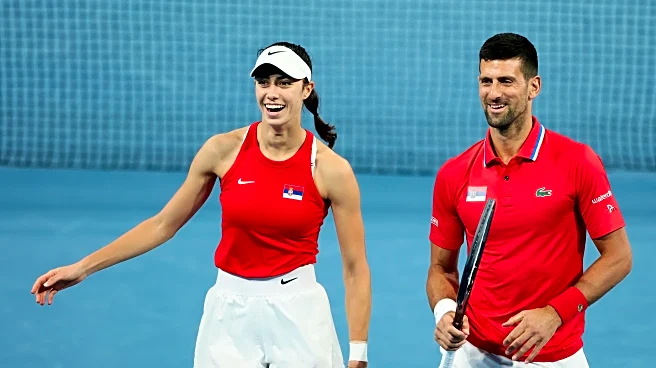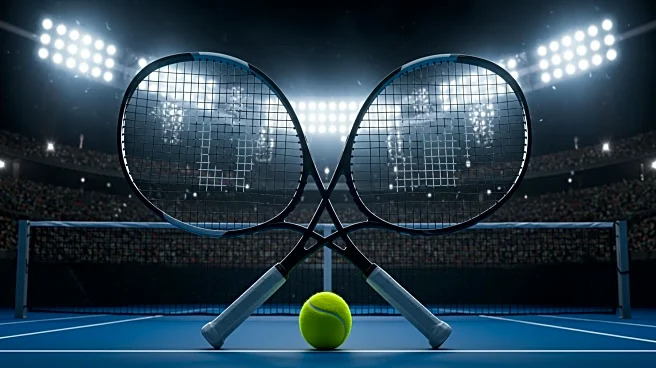What's Happening?
The 2025 U.S. Open mixed doubles tournament has introduced significant changes, including a $1 million prize for the winning duo and participation from top singles players like Jannik Sinner and Iga Swiatek. However, these changes have sparked controversy among doubles specialists, who feel excluded from the competition. The tournament now features a reduced field of 16 teams, with matches played under modified rules such as shorter sets and no-Ad scoring. The U.S. Tennis Association has selected half the field based on singles rankings, sidelining traditional doubles players. Critics argue that the new format undermines the integrity of the mixed doubles event, likening it to an exhibition rather than a true championship.
Why It's Important?
The overhaul of the mixed doubles tournament reflects broader efforts to increase the popularity of tennis by featuring high-profile singles players. While this may attract more attention and spectators, it raises concerns about the marginalization of doubles specialists and the authenticity of the competition. The changes could impact the careers and earnings of professional doubles players, as well as the perception of doubles as a legitimate discipline within tennis. The controversy highlights tensions between commercial interests and the preservation of traditional sports formats.
What's Next?
The U.S. Tennis Association may need to address the backlash from doubles players and consider adjustments to the tournament format to ensure inclusivity and fairness. The ongoing debate could lead to discussions about the future of mixed doubles in Grand Slam events and the role of singles players in promoting the sport. Stakeholders, including players, fans, and sponsors, may influence the direction of these changes through feedback and advocacy.
Beyond the Headlines
The situation raises questions about the commercialization of sports and the balance between entertainment value and competitive integrity. It reflects broader trends in sports management, where financial incentives and star power often drive decision-making. The long-term impact may include shifts in how tennis tournaments are structured and marketed, potentially affecting the sport's cultural and ethical landscape.
